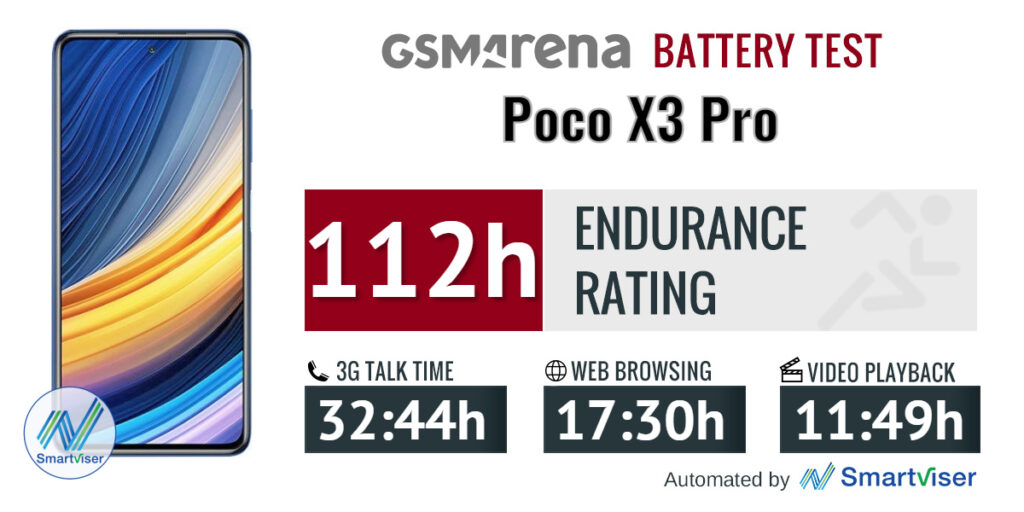Boost Your Website's Organic Ranking with a Simple Internal Linking Strategy
Internal linking is the act of hyperlinking one page of your website to another page on the same site. It's like telling Google “Hey, this other page you can find under this URL has some good stuff too!” It is the process of linking pages on your site so that one page can easily lead to another. This is important to Google and other search engines because it means that if a reader lands on one page and then clicks “next” (or you could say, the next page in line) they will not be taken out of your site. This helps maintain user engagement and ensures they can easily view multiple pages on your site without having to click their way through each page separately.
Benefits To Internal Linking
- Helps with SEO (Search engine optimization) by giving more content for Google bots to crawl and index
- Helps the user because it creates a bread crumb trail of where they are in your site so if they hit the Back button, or go through a couple links from social media, or bookmark an item then come back to that page later (or share that item/bookmark with someone else) they can still get back to where they were
- Helps with navigation because it creates multiple, shorter paths that users/bots can follow within your site. If you have a lot of pages on one specific topic, internal linking lets Google's bots know about all the other relevant content so they don't just crawl the main page and ignore everything else.
- Helps the user and Google's bots understand what is important, and thus will help with SEO
- Helps with indexing so new content appears on Google sooner (because new content is linked from existing pages)
Best Practices for Internal Linking
Use Keywords In Your Internal Links
When linking from one page to another on your own site, it's important to use keywords wherever possible. The more descriptive you are, the more likely people will be to click on the link and follow it.
Make Them Clickable
If internal links are text that is underlined or blue then you are making them clickable. If they are just regular text, you are not allowing them to be clicked. Use blue or underlined text so people know exactly what is a link and can choose whether or not to follow it.
Use Images As Links
If the words in your links are hard for Google to read, find another way to make them clickable. One way is to use images instead of text for the links. For example, you might have your logo on each page and make that link back to the home page in some way.
Use Anchor Links
Use anchor links when linking between two separate pages. That just means adding “#” in front of the section you want to link to. So if someone is looking at the page you are linking to, they can simply click on “#here” and it will take them directly to that section on the other page you are linking to. This will help your site rank for long tail keywords by improving user experience.
Never Link Backwards
If Google crawls your site and there is a broken outgoing link, this can negatively affect your site's ranking. To prevent that from happening, ensure that any links on the pages you've created are pointing to other pages on your website and never backwards or to an external page that is not relevant to your topic.
Internal linking is the process of connecting one page on your website to another. The purpose? To increase traffic and enhance user experience by keeping them on your site for longer periods of time. If you're looking to improve internal linking, let us know! We'll be happy to provide a free consultation with our team of experts so that you can get started today. Contact Sharp Tack Media now before it's too late!








